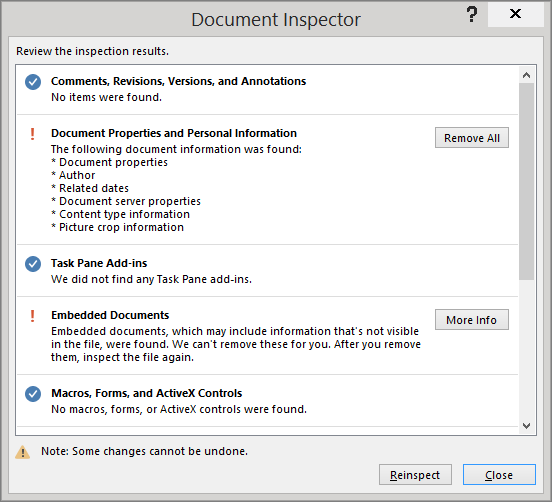
Uninstall Update On Word For Mac
By • 4:00 am, April 14, 2011 • • Uninstalling software under Mac OS X is generally a straightforward procedure — just delete the program from the Applications folder. Few vendors offer uninstallers on the Mac, and generally they’re not necessary. Most programs don’t run background components or alter system settings files (like the Registry on Windows), and leaving old preferences and support files on the hard drive generally doesn’t do much harm. But if you are trying to remove an old or corrupt component, reinstall software to change a serial number, or just free up disk space, removing all components of the old application can be important. These components include the application itself, preferences and support items, and sometimes hidden files or kernel extensions. Anyone who’s had problems installing an Adobe CS application or removing Symantec AntiVirus will appreciate how hard it can be to fully remove old software.
How to Uninstall Programs on Mac Computers. In this Article: Article Summary Using the Trash Using an Uninstaller Using Launchpad Community Q&A This wikiHow teaches you how to uninstall a program that is installed on your Mac.
This post is sponsored by MacPaw, maker of CleanMyMac. Applications Be default, Mac OS X software is stored in the Applications folder on your hard drive.
Most programs are single icons ( iTunes, Firefox), while others contain one or more folders full of items ( Adobe Acrobat, Microsoft Office). You can also occasionally find applications on the desktop, if dragged there during installation or moved from the Applications folder.
Drag the program’s icon or folder to the Trash to begin the uninstall process. If you are not the user who originally installed the software, or your are not an admin user on your Macintosh, you will need to enter an administrator’s name and password to continue. Note: the icon for most programs is actually a bit of an illusion. What you’re seeing on the hard drive is an application package, a folder full of items including the executable program code and supporting files. Download iphoto app for mac. When a package is labelled with the.app extension, it appears as a single, launchable icon in the Finder.
If you’re curious whats inside, right-click (or control-click) on the icon and select Show Package Contents. Preferences and Application Support Files There are two locations on your hard drive, both named Library, where programs store their preferences and supporting files.
The first Library is at the top level of your hard drive, the second is inside your Home Folder. Removing items from both these locations is necessary to completely uninstall software. Start with the Top Level Library on your hard drive /Library. You are looking to remove any files or folders which contain the name of the program ( Acrobat, Word) or the vendor ( Adobe, Microsoft) in their names. Search the following locations: • /Library • /Library/Application Support In these two locations you’re looking for non-Apple folders full of items: Adobe, Microsoft, etc.
1.1 update corrected a bunch of problems that the 1.0 version caused with old PowerPC applications running in Rosetta under Snow Leopard. I haven't heard that the new version caused any problems at all, and after the fiasco of the first version, people have been watching the new one like hawks, so any problems that came with it would almost certainly have been noticed and reported in these forums right away.
I installed the first version as soon as it appeared and immediately had problems with it, then installed the new version next day and all those problems went away. No new ones have shown up for me. Have you repaired permissions since installing the latest update? I would try that next. Permissions issues can cause multiple unexpected quits. Alright, I repaired my permissions and that didn't help.
That came back with an error and couldn't repair. I also tried creating another account and logging into it and still nothing worked in the new account. Everything that I open up still quit's unexpectedly. So I tried starting my Macbook Pro up in Safe Mode by holding the shift key at the start up tone. All my programs work fine when I start up that way. Once I restart the computer normally, it's still back to the same thing. So, I'm assuming there's an issue with a startup item, or login item, or kext file.
I tried resetting the NVRAM / PRAM and that didn't fix it. So, is there anything else I can try before re-installing OS X? Apple Footer • This site contains user submitted content, comments and opinions and is for informational purposes only. Apple may provide or recommend responses as a possible solution based on the information provided; every potential issue may involve several factors not detailed in the conversations captured in an electronic forum and Apple can therefore provide no guarantee as to the efficacy of any proposed solutions on the community forums. Apple disclaims any and all liability for the acts, omissions and conduct of any third parties in connection with or related to your use of the site.